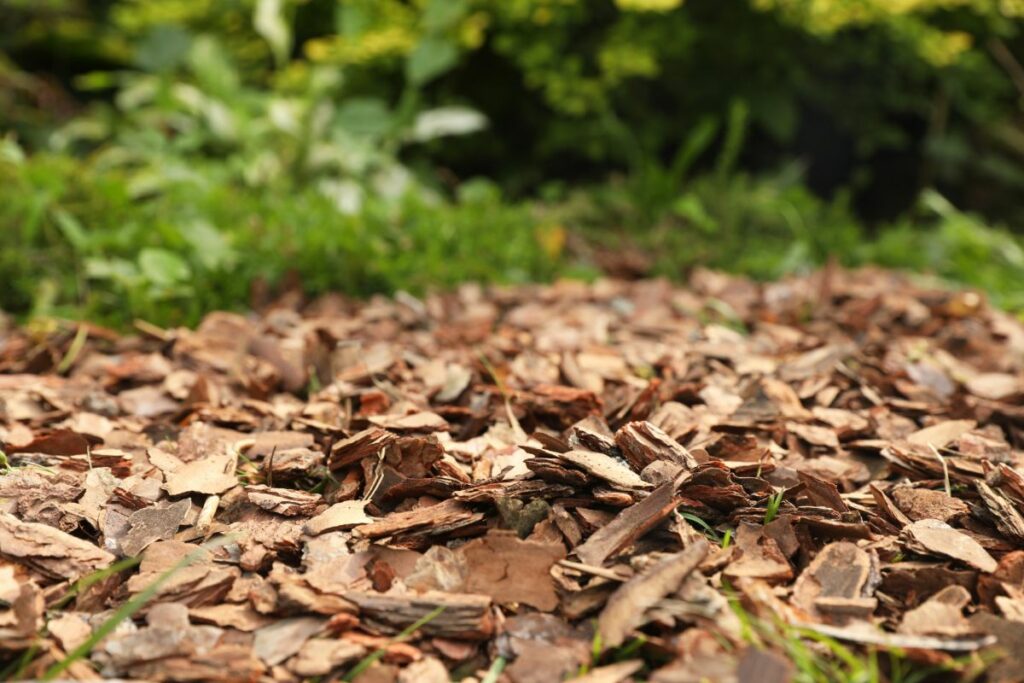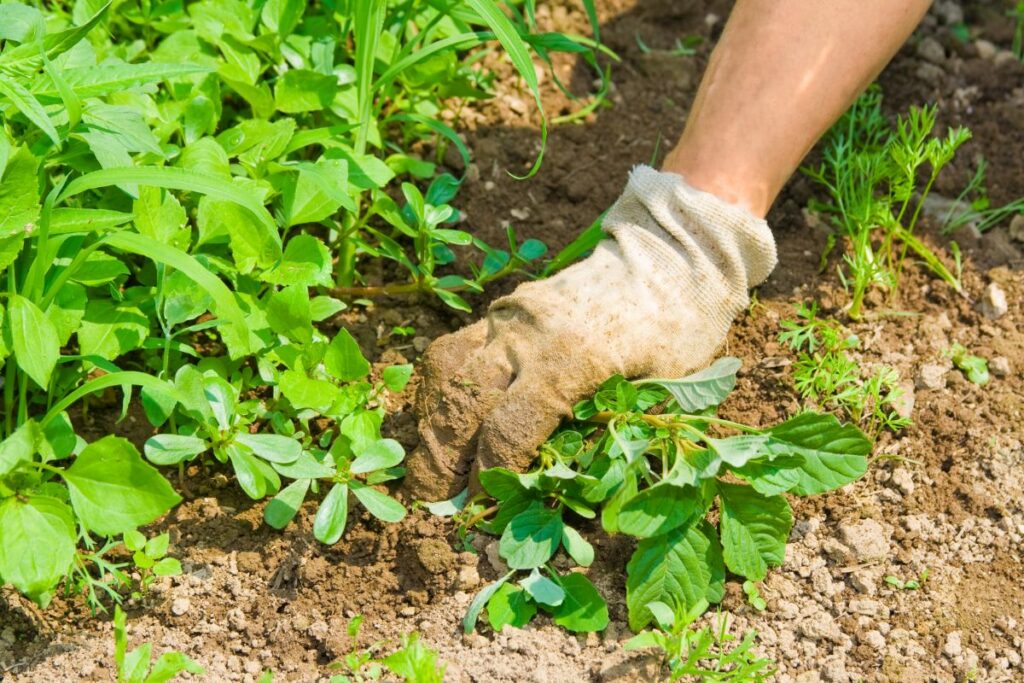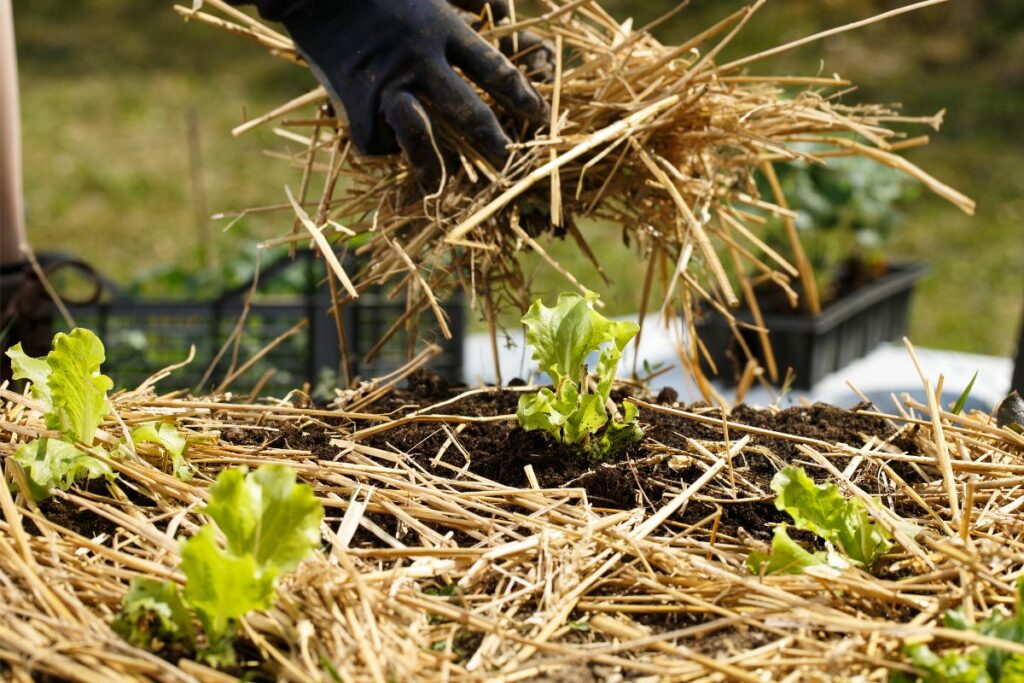Hate weeding?
I did too—until I found this groundbreaking gardening technique.
Now, my garden thrives, and I barely have to weed at all.
Curious to learn the secret?
Let’s dive in!
The History of No Dig Gardening

- Ancient Roots: Practices similar to ‘No Dig’ date back to early farming methods globally.
- Modern Advocates:
- Ruth Stout: Popularized the technique in the 1900s.
- Charles Dowding: Furthered the method’s use in contemporary gardening.
Cultivating with Ruth Stout: A Guide to Mulching Mastery

- Years of Reference: 1961—Ruth Stout’s revolutionary gardening technique publicized.
- Key Method: Layering organic materials like straw to suppress weeds and retain soil moisture.
- Benefit: Simplifies gardening by reducing the need for digging and weeding.
- Work Reduction: Ideal for those with limited time or mobility.
- Technique’s Name: No-dig gardening method.
Charles Dowding’s No Dig Gardening

- Innovations: Pioneered refined no-dig methods.
- Key Practices:
- Soil Health: Advocates minimal soil disruption.
- Mulching: Promotes compost layers.
- Weed Control: Uses cardboard/newspaper.
- Impact: Made no-dig methods user-friendly globally.
The Fundamentals of No Dig Gardening

Initiate your garden with a generous application of organic matter—think compost, straw, leaves, or even cardboard—over the topsoil. This layer operates as a barrier, accomplishing two primary objectives:
- Sun Blockage: By covering the earth, it obstructs sunlight, deterring weed germination.
- Weed Control: As a result, your weeding efforts are drastically reduced. Any intruding weeds can be plucked out manually with ease.
Your plants’ hydration needs are also efficiently managed due to the mulch:
- Moisture Conservation: It retains water, lessening the necessity for repetitive irrigation.
Below this protective layer, the soil’s ecology is nurtured and nourished:
- Soil Health Enhancement: Soil organisms decompose the organic layer, enriching the soil with nutrients, which facilitates vigorous plant development and improved crop output.
No-till gardening also maintains the soil’s integrity:
- Soil Structure Preservation: By sidestepping traditional soil-turning practices, you help preserve the natural architecture and vitality of the earth.
Advantages of No Dig Gardening

- Less Weeding Effort: Your garden will naturally keep weeds at bay, thanks to the thick mulch that hinders their growth.
- Enhanced Soil Condition: Expect an improved soil makeup and heightened fertility as these methods boost the ecosystem underground.
- Water Usage Efficiency: With mulch maintaining moisture levels, the need to water plants diminishes.
- Boosted Plant Growth: Experience a more fruitful harvest and vibrant flowers due to healthier soil and lessened weed interference.
- Eco-Friendly Practices: This approach prevents soil wear and tear and cuts down the reliance on artificial substances, championing ecological balance.
Optimal Steps for Initiating a No Dig Garden

When embarking on a no-till gardening venture, it’s important to meticulously select an area that is suitable for your gardening needs. This location should have ample sunlight and be conducive to the growth of the plants you wish to cultivate.
Remove Unwanted Flora:
Prioritize the clearing of any unwelcome plants or weeds. This can be done by either trimming them down to ground level or opting for a more natural approach, such as laying down cardboard or newspaper to impede their growth, which will also decompose over time.
Establish a Hearty Mulch Base:
- Add a substantial layer of natural mulch, at least 4-6 inches thick.
- Use materials like compost, straw, or dry leaves, possibly combining them.
- This layer is crucial as it becomes the groundwork of your no-till garden.
Ensure Adequate Moisture:
Post-mulching, water the area thoroughly. This moisture is integral to starting the decomposition process and attracting microorganisms that are instrumental in creating a fertile environment.
Direct Planting Into Mulch:
- With a trowel or by hand, make spaces in the mulch to add your seeds or young plants.
- Always consider the best spacing and depth for the specific varieties you are planting.
Additional Mulch Application:
- Post-planting, apply extra mulch around the plants to help suppress weed growth and retain soil moisture.
Consistent Care:
Keep the mulch damp by watering when necessary. As the plants enlarge, persist in adding mulch to maintain the barrier.
Enjoy the various gains of a no-till garden: less weeding, healthier soil composition, and a decrease in the need for watering. This garden will be both a point of beauty and a source of productivity, achievable with less labor on your part.

